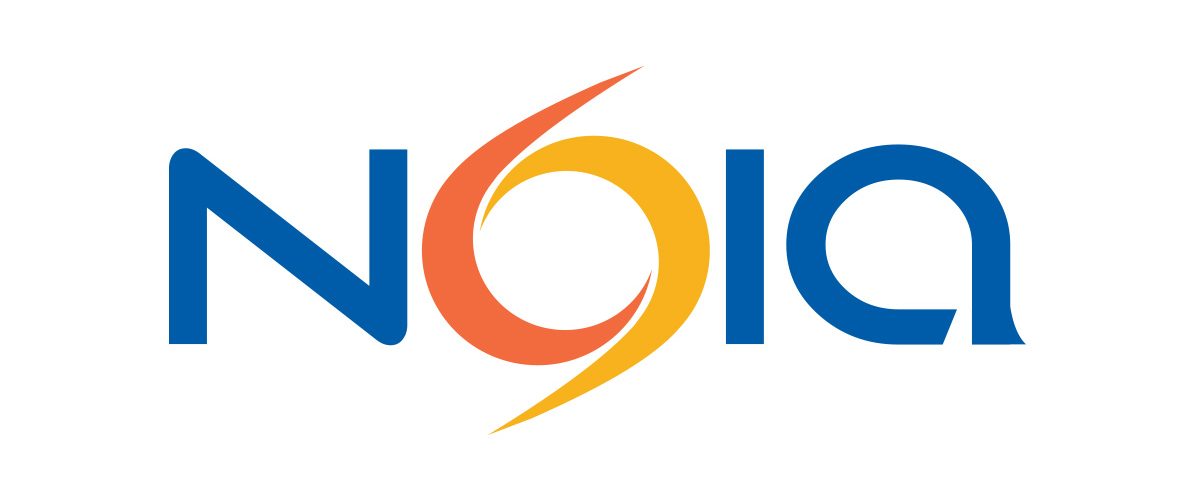For the oil and gas industry, 2020 has been a devastating year. The Covid-19 pandemic and the collapse of oil prices have had significant impacts for our industry, including East Canada’s offshore sector. To help define a “new normal,” the Newfoundland & Labrador Oil & Gas Industries Association (Noia) sponsored a virtual fall seminar entitled, Evolving our offshore: Balancing the energy mix, to help its members and the industry through this challenging time.
The live portion of the seminar was anchored by a presentation by Rystad Energy’s Jo Husebye entitled, How to remain a competitive oil and gas producer in a carbon constrained world. Husebye started his talk by emphasizing that “we’re not going to run out of oil or natural gas.” However, in his long-term outlook for oil demand, he did state that Covid-19 has accelerated the energy transition, and that demand for oil will not recover to pre-pandemic levels .He said that we are rapidly approaching peak oil demand (end of 2020). The prediction is based on a significant reduction in the transportation industries, which account for 56% of oil consumption.
In his cost of supply analysis, Husebye said that “although investment themes will change over time, development costs and carbon are key going forward.” He maintained that offshore discoveries are ,on average, competitive with shale on break-even costs, but not on payback time.” In his final segment, Husebye focused his discussion on global upstream CO2, presenting evidence that the largest emitters are: 1) heavy oil; 2) Russia; and 3) the Middle East. To reduce carbon emissions, the upstream industry must focus on: 1) low-carbon installations; 2) initiatives in the supply chain; 3) reducing flaring; and 4) increasing electrification.
The next live presentation was given by Jim Keating, V.P. at Newfoundland & Labrador (NL) provincial firm Nalcor Energy, who offered an in-depth analysis, Showcasing NL’s offshore potential,and its place in the global industry. Keating initiated the discussion by highlighting the disappointing results of the latest bidding round, where only one of the six parcels offered was awarded. The offshore tract (Parcel 9) was awarded to BP Canada at a cost of $20.64 million. The tract is covered by new 3D seismic data, which was a factor in BP’s decision-making process.
To help spur new exploration, the Canadian government has launched a new offshore exploration initiative to reimburse direct exploration well costs on the following basis: 1) Well 1 – no reimbursement; 2) Well 2 – 30% reimbursement up to $23 million; 3) Well 3 – 50% reimbursement up to $38.2 million; 4) Well 4 and beyond 0% cost reimbursement. Keating also stated that “global oil demand will not be met by existing reserves and that 25 MMbopd will be required by 2030.” Keating concluded by saying, “Canada offshore is one of the lowest emitters of CO2 from extraction in the world.”
The next live presentation was byTorgeir Stordal, director of exploration, Norwegian Petroleum Directorate, entitled, Oil and gas development during the emerging energy transition—a Norwegian perspective. Despitedire predictions, Stordal reassured the audience “that oil and gas will be a part of the energy mix for many years to come, and that exploration will need to continue to arrest production decline.” Going forward, a reduction in costs will create long-term value. In Norway, the energy transition is driving technology development and electrification by installing more floating offshore wind platforms and more full-scale carbon capture and storage facilities. Norway is also the first country to implement a tax on carbon emissions.
The final live industry-based presentation was by Øystein Kolstad, principal analyst for sustainability at Equinor. Entitled Creating a low-carbon advantage: Equinor’s climate roadmap, Kolstad’s presentation offered a staged climate roadmap, designed to get Norway to net 0% by 2050, as mandated by Equinor’s new President and CEO Anders Opedal. Equinor is entering a phase of significant change and intends to take more forceful action to combat climate change. The plan’s foundation includes: 1) increasing efficiency; 2) generating profitable growth in renewables; and 3) accelerating decarbonization. The initiative will proceed as follows: 1) reduce emissions to 8 KgCO2 by 2020; 2) no routine flaring by 2030; and 3) reduce greenhouse gas in Norway 40% by 2030, by 70% in 2040 and achieving 0% in 2050. Although these presentations were largely focused on data and processes in Norway, the intent was to help expand the NL offshore industry’s reach by learning from other jurisdictions. The discussion of a low-carbon approach is timely, given the recent commitment of the NL Government to achieve net-zero emissions by 2050.
While 2020 has provided significant challenges, “Noia has remained committed to providing value to our members and to helping them through this difficult period,” said Noia CEO Charlene Johnson. “Our virtual fall seminar was a great way to step outside the typical formula of virtual events that met the standard people have come to expect from Noia.”
—
Source: World Oil | This text was excerpted from the media outlet cited on November 19, 2020 and is provided to Noia members for information purposes only. Any opinion expressed therein is neither attributable to nor endorsed by Noia.






